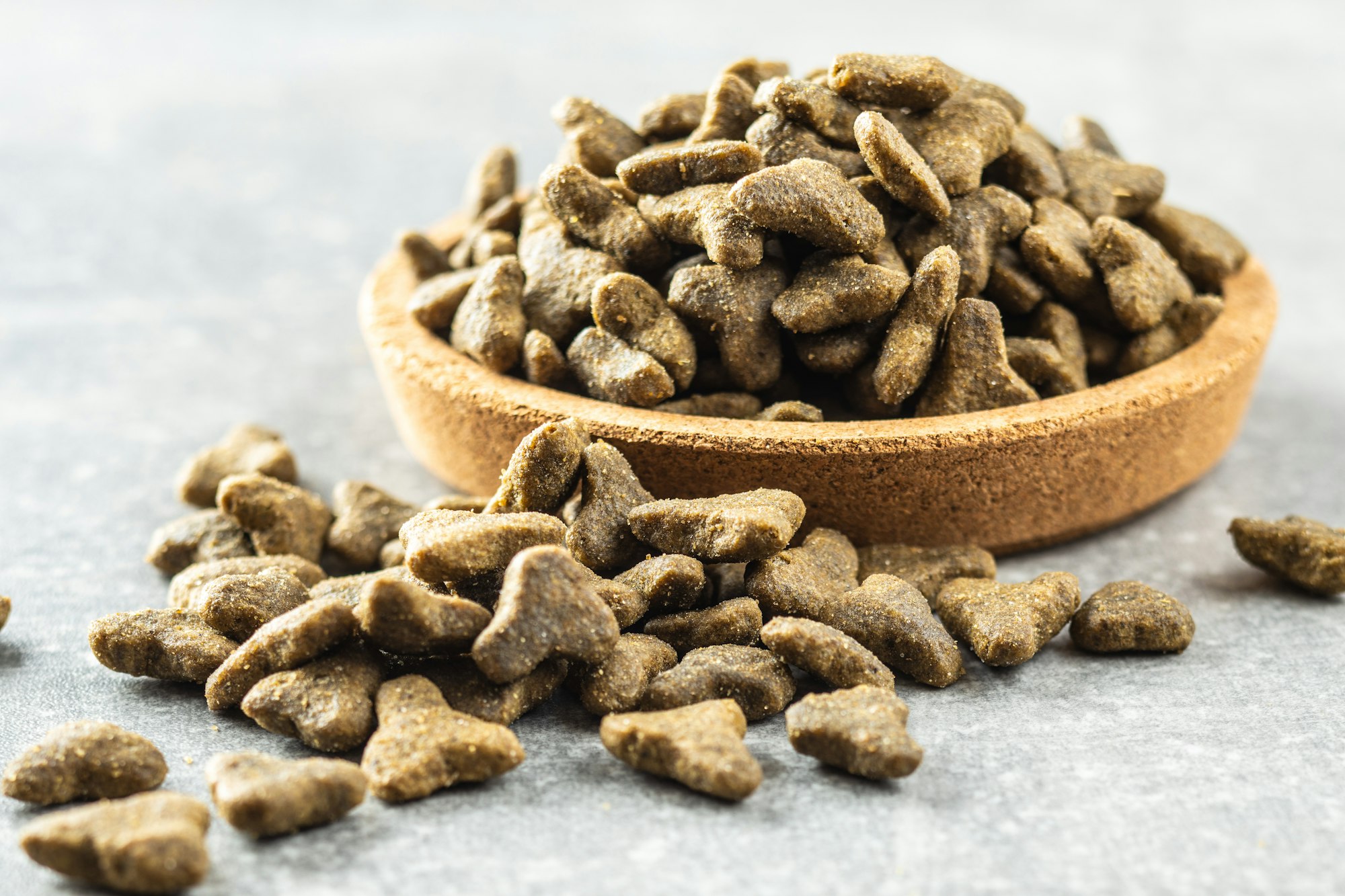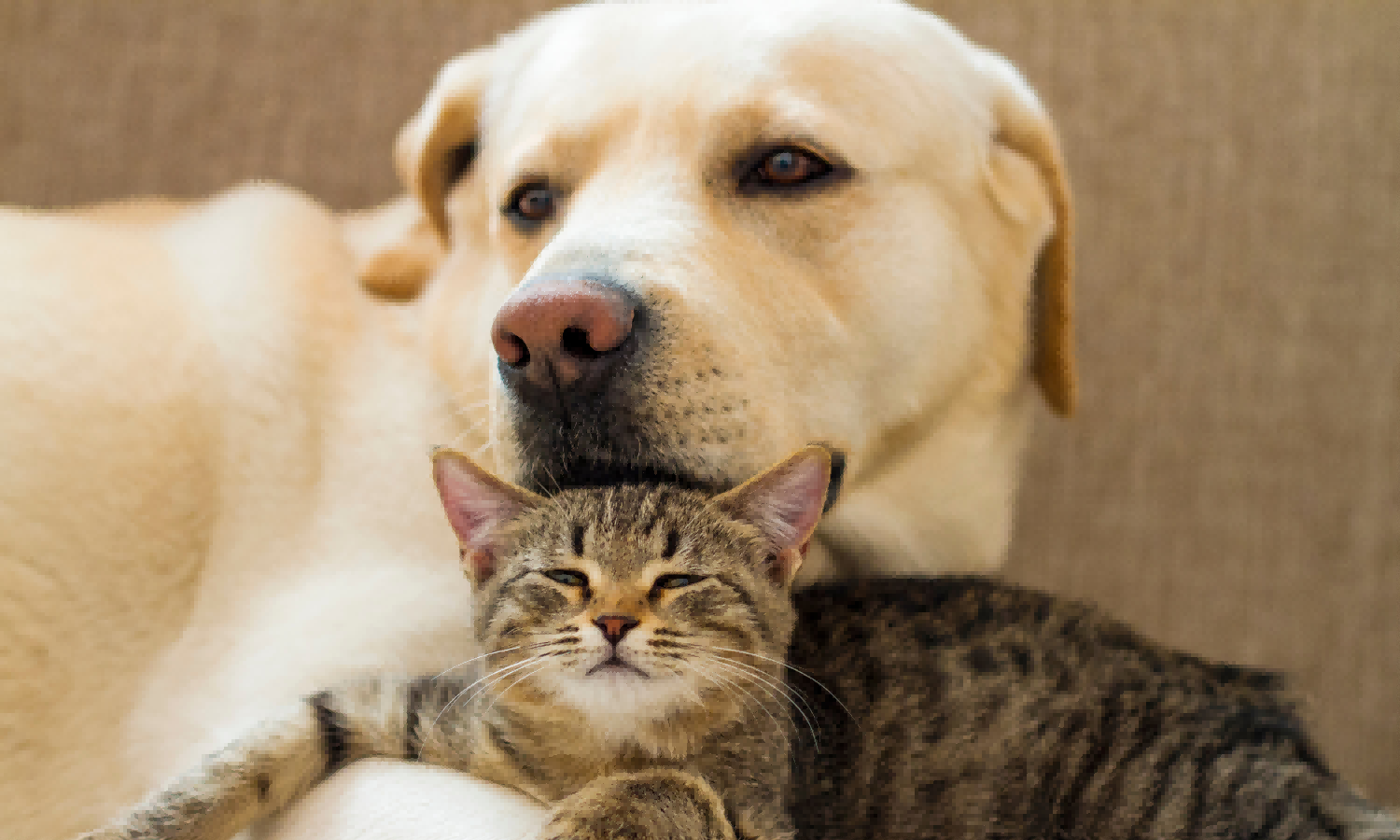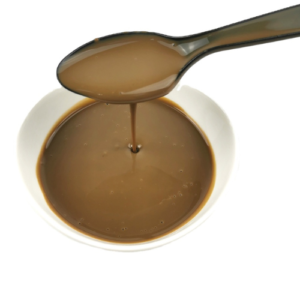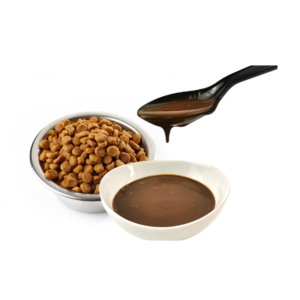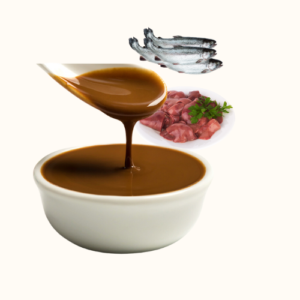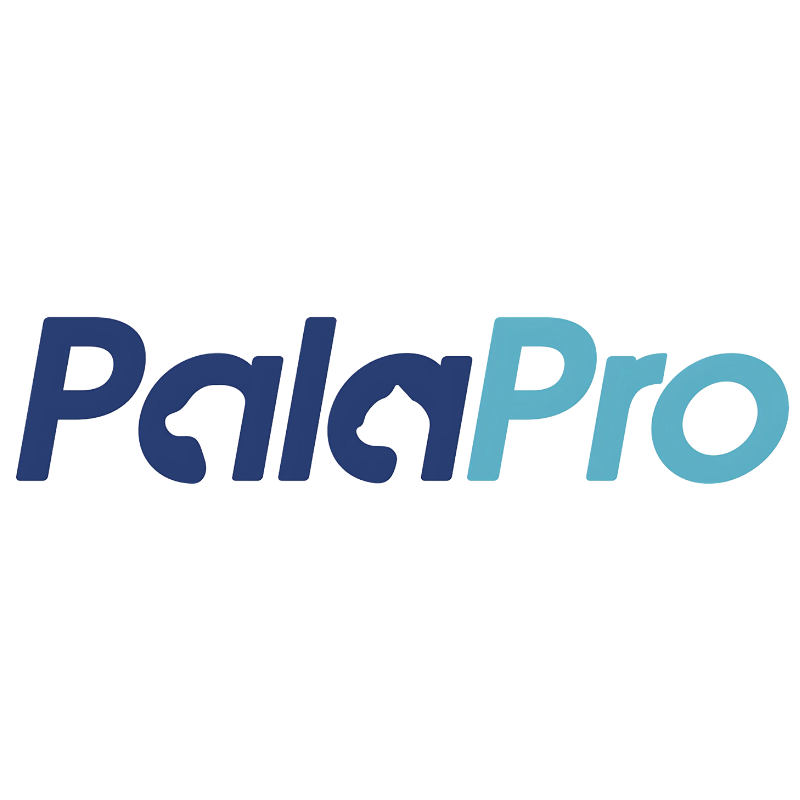Pet Food Manufacturers
Cat food production is a complex, carefully regulated process designed to meet the nutritional needs of our feline companions. Whether you’re a pet food manufacturer, a wholesaler, or part of a pet food factory, understanding the ins and outs of how cat food is produced can help you navigate the market, ensure quality, and optimize your product offerings. In this blog, we’ll dive into the step-by-step process of cat food production, covering everything from raw materials to packaging, and explore the role of pet food palatants in ensuring that cats love what they eat.
The Basics: Why Cat Food Production Matters
Producing cat food goes beyond just mixing ingredients together. Cats are obligate carnivores, meaning their diet must contain a high percentage of animal-based proteins to meet their dietary needs. This requires careful balancing of ingredients, including proteins, fats, vitamins, and minerals, to ensure that the final product provides a complete and balanced meal for cats at every stage of life.
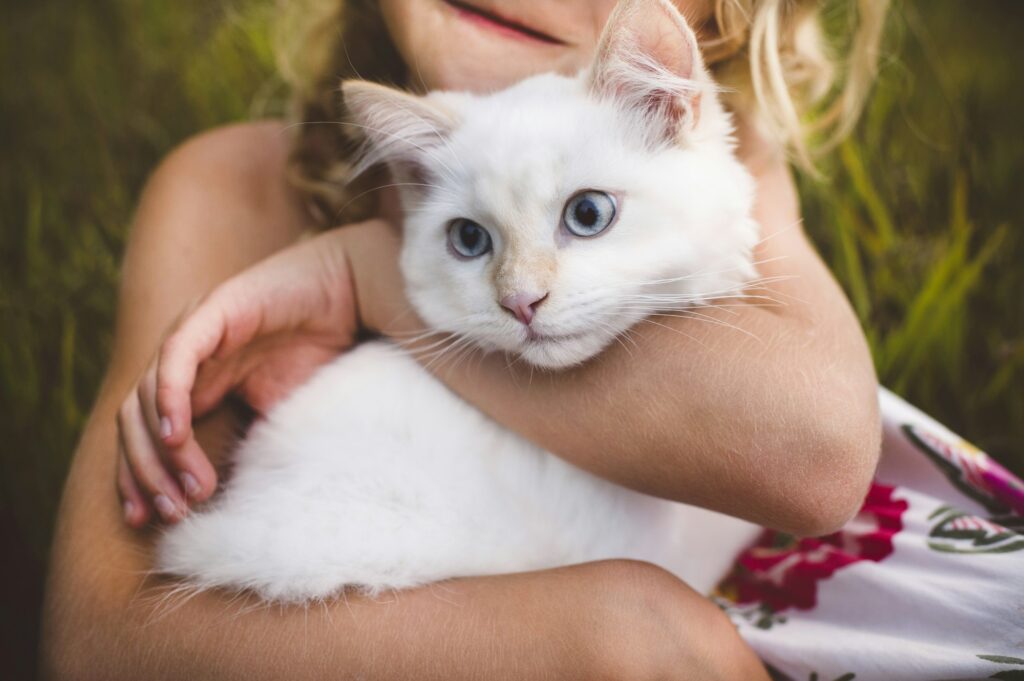
For manufacturers, maintaining this balance while creating a palatable product is key. This is where pet food palatants and pet food palatability enhancers play a crucial role.
Step 1: Sourcing Raw Materials
Cat food production begins with sourcing high-quality raw ingredients. The two main types of cat food—wet and dry—require different materials, but both rely heavily on animal proteins such as chicken, fish, or beef.
Other common ingredients include:
- Vegetables and grains: Although cats don’t need carbohydrates, small amounts of grains, like corn or rice, are used as fillers or binding agents.
- Vitamins and minerals: To ensure complete nutrition, manufacturers add essential nutrients such as taurine, which is crucial for heart and eye health in cats.
- Fats and oils: Fat from animal sources provides energy and helps improve palatability, while oils like fish oil add essential fatty acids.
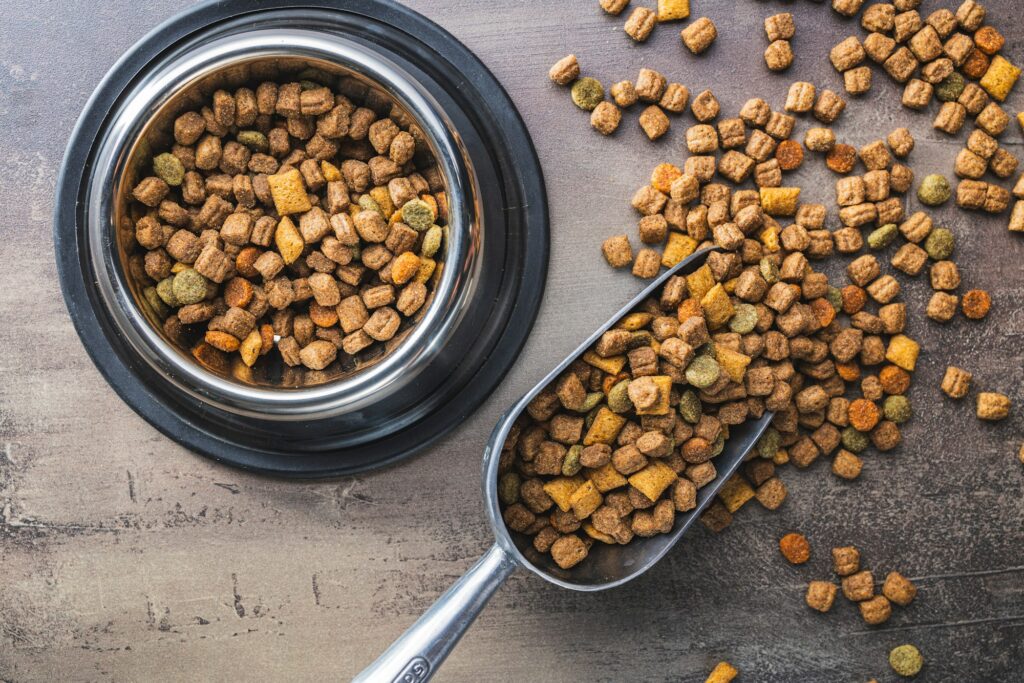
Real-time Data Example: According to a 2023 report by the American Pet Products Association (APPA), over 80% of U.S. households purchase premium cat food made from high-quality ingredients to ensure proper nutrition for their petsep 2: Pre-Processing the Ingredients
Once the ingredients are sourced, they undergo pre-processing to prepare them for mixing. This includes grinding meat into finer particles and cooking the meat to kill harmful bacteria. Pre-processing also ensures that the proteins and fats will be evenly distributed in the final product.
- Grinding: This reduces the size of meat and other proteins, making them easier to mix with other ingredients.
- Cooking: For wet food, ingredients are often pre-cooked to remove pathogens. Dry food, however, may not undergo this stage since cooking takes place during extrusion (explained later).
Step 3: Mixing and Formulating
This stage involves creating a precise blend of the various ingredients. Manufacturers use formulations based on nutritional guidelines from organizations like the Association of American Feed Control Officials (AAFCO) to ensure the food is nutritionally complete.
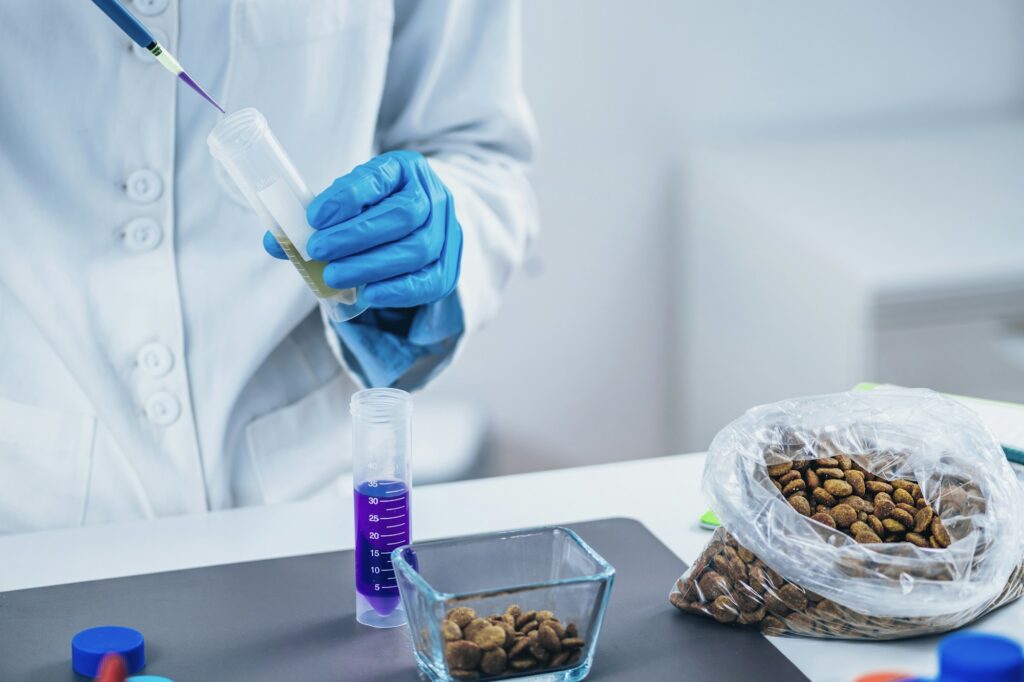
- Dry Cat Food: Ingredients for dry cat food are mixed into a dough-like consistency, which allows for the extrusion process (described next).
- Wet Cat Food: Ingredients for wet food are mixed into a stew or paté. More water content is added here to give the food its final moisture level.
Palatants and palatability enhancers, such as pet food palatants, are often incorporated at this stage to improve the flavor and aroma of the food. These enhancers are crucial in making the product more appealing to cats, which can be notoriously picky eaters. By targeting both olfactory (smell) and gustatory (taste) preferences, manufacturers can improve the overall acceptance of the food by cats, thereby increasing the likelihood of repeat purchases from consumers.
Step 4: Extrusion (For Dry Cat Food)
The extrusion process is primarily used for making dry cat food, also known as kibble. During extrusion, the mixture is cooked and shaped under high pressure and temperature. The process works as follows:
- Cooking: The dough-like mixture is heated at high temperatures to cook the starches, making the food digestible for cats.
- Shaping: The mixture is forced through a die to create various shapes of kibble.
- Drying: Once shaped, the kibble is dried to remove moisture, extending its shelf life.
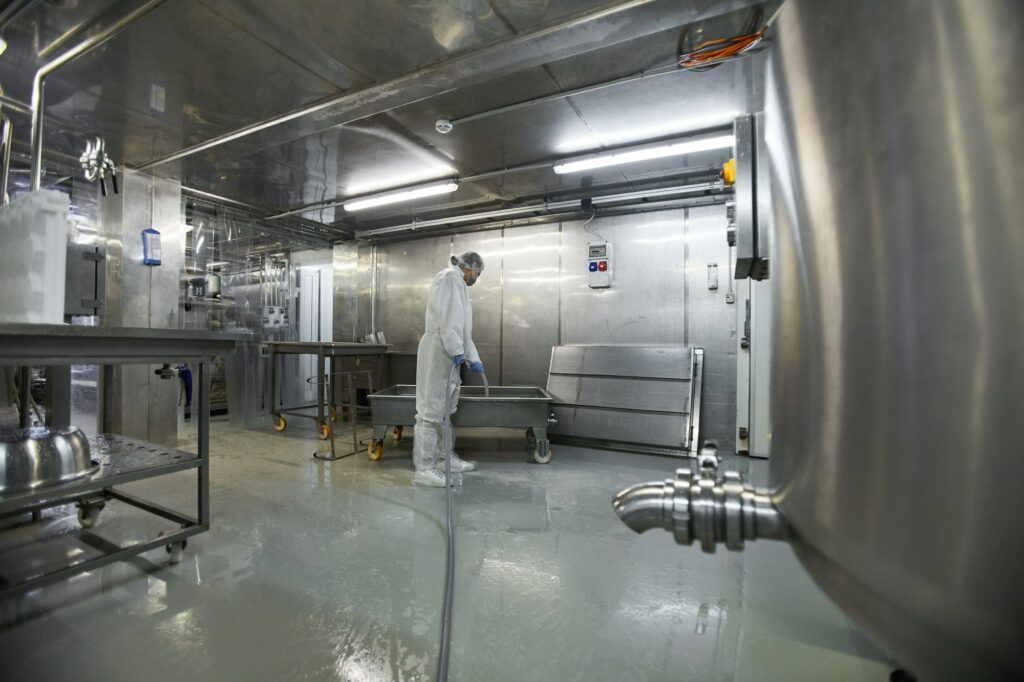
After the kibble is dried, a fat coating (often containing palatability enhancers) is sprayed onto the kibble to improve both taste and texture. This step is essential, as dry food can be less palatable than wet food without these enhancers.
Step 5: Canning (For Wet Cat Food)
For wet cat food, after mixing and cooking, the mixture is placed in cans or pouches and then sealed. These containers are then sterilized under high heat to eliminate any bacteria and to preserve the food. Since wet food has a higher moisture content (usually 75-80%), it is essential to ensure that the food remains sterile until opened.
Real-time Data Example: In 2023, over 42% of cat owners in the U.S. preferred feeding their cats wet food, largely due to its higher moisture content and better palatability .
Sing Pet Food Palatants and Enhancers
At this stage, pet food palatants are often added to both dry and wet cat food to enhance flavor and aroma. These palatants are highly concentrated substances designed to make the food more attractive to cats. They stimulate a cat’s sense of smell and taste, which significantly impacts the animal’s willingness to eat the food.

Some common palatants include:
- Digest: A flavor enhancer made from partially digested animal proteins.
- Hydrolysates: Protein broken down into smaller peptides, which are easier for cats to digest and are more appealing to their taste buds.
- Fats: Adding animal fats or oils helps enhance the aroma and appeal of the food.
Step 7: Quality Control and Testing
Once production is complete, all cat food products must undergo rigorous quality control testing. Manufacturers test for several factors, including:
- Nutritional content: Ensuring the product meets the nutritional standards set by AAFCO and other governing bodies.
- Safety: Products are tested for contaminants such as salmonella, E. coli, or other harmful bacteria.
- Palatability: In some cases, the food is taste-tested by cats in controlled environments to ensure it meets consumer expectations.
Manufacturers must also ensure that their products are properly labeled, with accurate information about ingredients, feeding guidelines, and nutritional content.
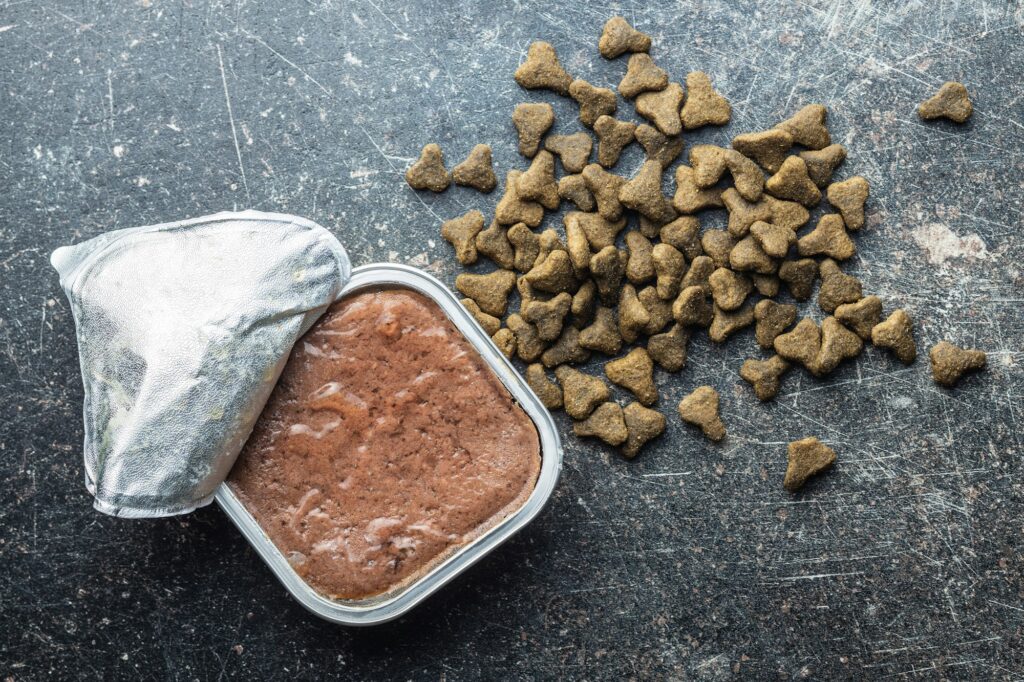
Step 8: Packaging and Distribution
The final step in cat food production is packaging. Wet food is typically packaged in cans or pouches, while dry food is placed in bags or boxes. Many manufacturers also use eco-friendly packaging solutions to reduce their environmental footprint.
Once packaged, the products are ready for distribution. This step involves shipping the food to pet stores, wholesalers, or directly to consumers.
Conclusion: Why Palatability Matters in Cat Food Production
As a pet food manufacturer, ensuring that your cat food products are both nutritionally complete and highly palatable is key to success. With the right combination of high-quality ingredients, palatability enhancers, and rigorous quality control, you can create products that cats will love, while also standing out in a competitive market.
Palatants, such as those offered by ProfyPet, play an essential role in this process by ensuring that the food not only meets cats’ nutritional needs but also satisfies their taste preferences.
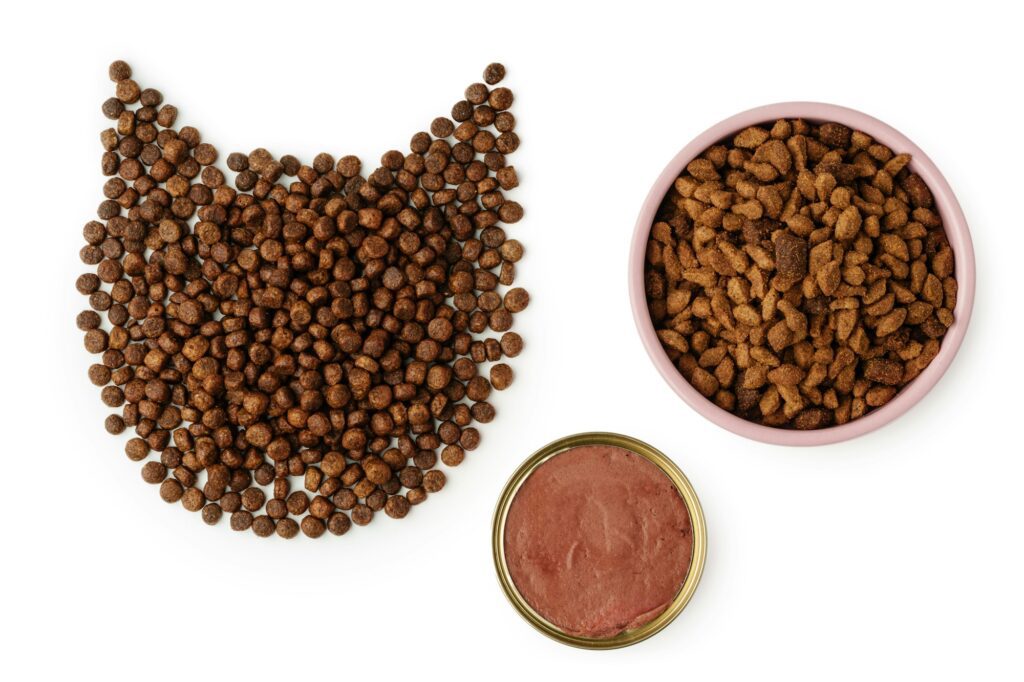
Meta Description:
Learn how cat food is produced—from sourcing ingredients to adding pet food palatants—explore the process in detail to understand what makes quality cat food.
By understanding the intricacies of cat food production, you can ensure that your products meet the highest standards and appeal to both pets and pet owners alike.
For more information on how pet food palatants can enhance your products, visit ProfyPet.

